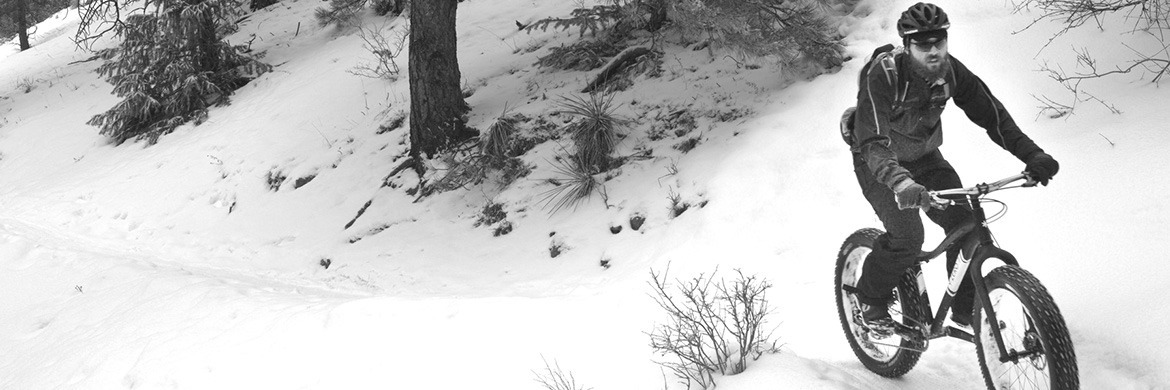How To Prepare Your Bike For Winter


By: Matt Donovan,
3rd generation Owner and General Manager of Dedham Bike
Last updated: 11/2//23
Getting your bicycle ready for winter is essential to ensure it remains in good condition and safe to ride during the colder months. Here are some steps to prepare your bicycle for winter:
1. Clean your bicycle:
Start by giving your bike a thorough cleaning. Remove dirt, grime, and any salt residue from the roads, which can accelerate rusting. Use a mild detergent or bike-specific cleaning products, a soft brush, and water. Dry the bike completely after cleaning.
Let us help get your bike ready for winter
2. Lubricate moving parts:
Apply lubricant to the chain, derailleur pulleys, and other moving parts to protect them from the moisture and salt on the roads. Use a winter-specific bike lubricant, which is designed to withstand wet and cold conditions.
Our favorite all around lube How To Properly Lube Your Chain
3. Inspect and tighten bolts:
Check all the bolts and nuts on your bike, especially those on the handlebars, stem, and seat post. Tighten any that have become loose to ensure the bike is structurally sound.
Our favorite multi-tool for tightening up your bike
4. Check the tires and tubeless sealant:
Inspect your tires for wear and damage. If your tires are worn, consider replacing them with a set of winter or all-season tires that provide better traction on slippery surfaces. Ensure your tires are properly inflated, as cold weather can cause tire pressure to drop. If you run a tubeless setup be sure to check sealant levels and add if needed. Studded tires are a great option too!
Shop Tires Shop Sealant Shop Studded Tires
5. Install fenders:
Fenders can help keep mud and slush from splattering onto you and your bike. Make sure they are properly installed and aligned to provide adequate coverage.
Shop Fenders
6. Check the brakes:
Inspect your brake pads for wear and replace them if necessary. Adjust your brakes to ensure they respond well in wet and icy conditions. Consider upgrading to disc brakes if your bike currently has rim brakes, as they provide better stopping power in wet conditions.
Shop Brake Pads
7. Lights and reflectors:
With shorter days in winter, it's crucial to have proper lighting and reflective gear. Ensure your bike's lights are in good working order and install additional lights or reflectors if needed for improved visibility.
Check Our Cycling Visibility Guide Shop Lights
8. Dress appropriately:
In addition to preparing your bike, make sure you have the right clothing and gear for winter riding. Dress in layers, wear a good quality winter cycling jacket, and use waterproof gloves and shoe covers to stay warm and dry.
Check Out Our Winter Gear Guide
9. Carry essential tools:
Keep a basic tool kit with you for any on-the-go repairs. This should include a multi-tool, tire levers, spare inner tubes, and a pump.
Check Out Some Great Starter Kits
10. Store your bike properly:
If you're not going to ride your bike in extreme winter conditions, consider storing it indoors to protect it from the cold and moisture. A garage, shed, or bike storage area is ideal.
Shop Bike Storage
Remember that winter riding can be more challenging due to slippery conditions and reduced visibility, so ride carefully, and consider adjusting your route or schedule to avoid the worst weather. Regular maintenance throughout the winter season will also help keep your bike in good shape for the next spring. Schedule your service today!
